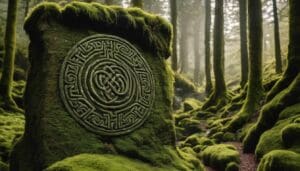Explore the Allure of 6 of Scotland’s Abandoned Castles
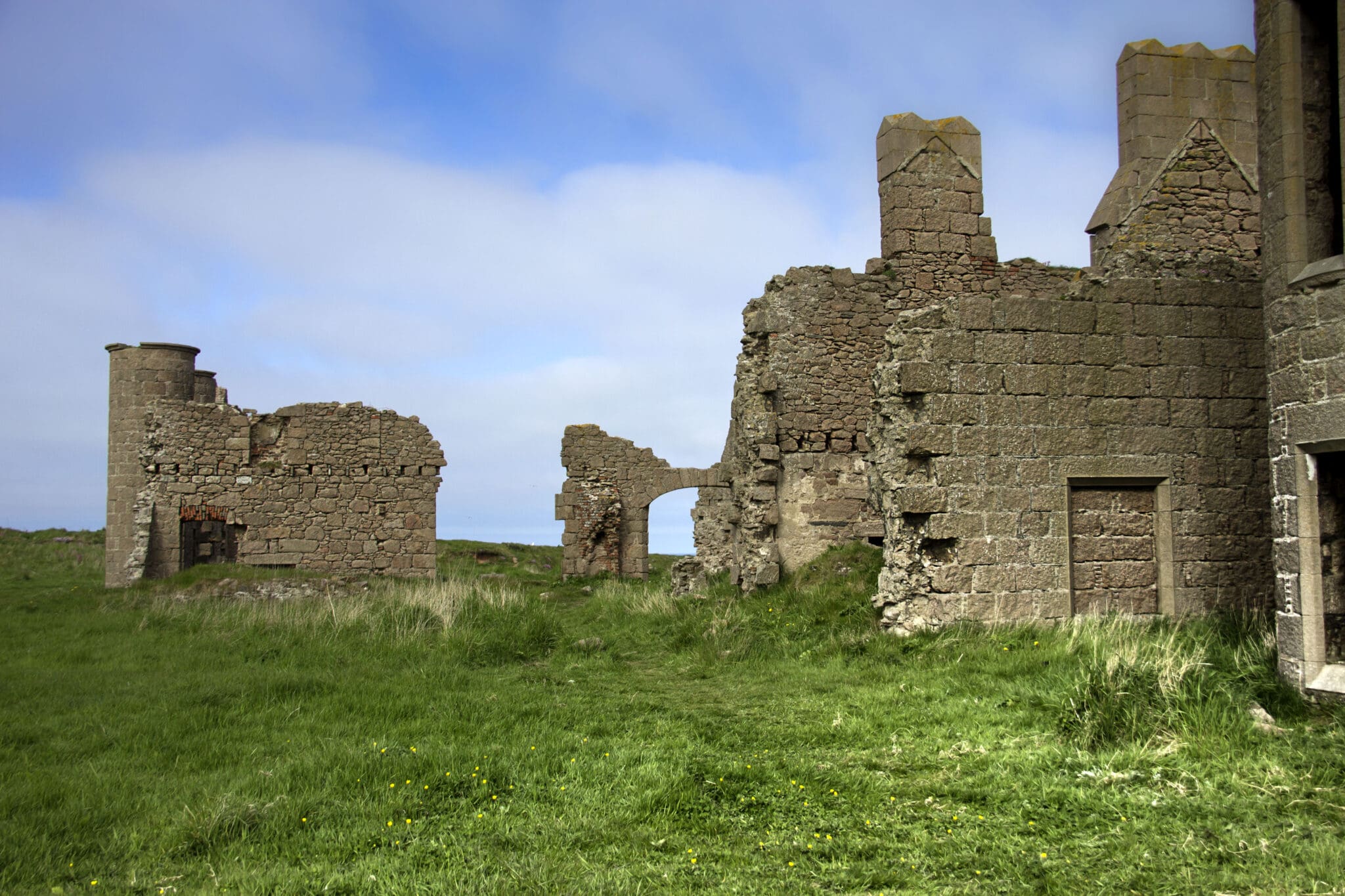
Updated On: January 23, 2024 by Noha Basiouny
Scotland, a land steeped in myths and legends, where mist-shrouded mountains whisper tales of ancient battles, boasts a rich tapestry of medieval architecture, best represented by what are currently abandoned castles. These astounding structures, once vibrant with life, now stand as poignant reminders of empires lost, loves confessed, and battles won and lost. Each stone, each weathered wall, and each crumbling arch holds tales of nobility, battles, and the passage of time.
Imagine, if you will, the echoes of feasting halls, the clang of armoured knights, and the rustle of silk gowns through drafty corridors. This is an invitation to embark on a journey beyond the beaten track into the wild embrace of the Scottish Highlands and the rugged charm of the coastal cliffs. We will delve into the secrets of fallen dynasties, explore the chilling whispers of haunted towers, and stand in awe of the sheer architectural might that defied time itself.
So, lace up your boots, bring your sense of adventure, and prepare to be captivated. This is not just a journey through crumbling stones and moss-covered ramparts; it is a pilgrimage into the heart of Scotland’s soul, where history whispers its secrets and legends linger in every fallen stone. So, are you prepared for a thrilling journey into yesteryears? Let us begin our exploration.
1. Old Castle Lachlan
Old Castle Lachlan is an abandoned and even ruined castle located near Loch Fyne, which is in the Cowal Peninsula in Argyll and Bute, one of the 32 council areas that make up Scotland.
The enclosure of the current castle dates back to the early 15th century, while the internal structure was added in the later part of the century. There are a few mentions of an even older castle built in the 14th century that used to exist in the same spot, but this one had left no remains whatsoever.
It is generally believed that both castles were built by Clan Maclachlan, a Highland Scottish clan that historically centred in Strathlachlan on Loch Fyne. They held the land and were known to build other fortifications in the area. The 15th-century castle used to be the residence of the clan chiefs until a replacement, the 1790 New Castle Lachlan, was built not that far away.
Yet, Old Castle Lachlan had already been abandoned 45 years prior when the Maclachlan’s were severely defeated in the Battle of Culloden and forced to escape. The castle was also bombarded during the battle and has slowly fallen into disrepair ever since.
The abandoned castle of Lachlan is currently a scheduled monument. This is a designation given to specific archaeological sites or historic structures in the United Kingdom that are considered to be of national importance. The castle is open to the public.
2. Edzell Castle
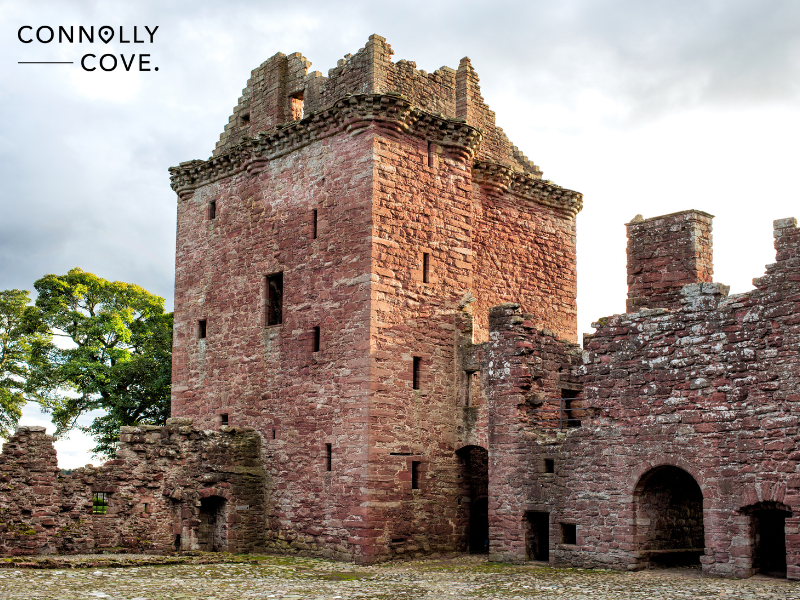
The second abandoned castle we have is Edzell Castle, which is located in the village of Edzell in Angus, another of the 32 council areas in Scotland. This partially ruined structure is within a site that also comprises a beautifully designed walled garden and is known for its unique and intricate architectural features.
Edzell Castle was built by David Lindsay, the 9th Earl of Crawford, in the early 16th century. The castle has a distinctive layout, featuring a central courtyard surrounded by ranges of buildings, including a tower house and other domestic buildings, all beautifully decorated with Renaissance carvings.
Yet, the most famous feature of Edzell Castle is the walled garden, which was added in 1604 by Sir David Lindsay, the son of the castle’s builder. The garden is divided into four compartments, each with a different theme: the Seven Cardinal Virtues, the Seven Liberal Arts, the Seven Planetary Deities, and the Labours of Hercules. The walls of the garden are decorated with carved panels that illustrate these themes.
In the 1930s, the garden underwent replanting when the entire site was given to the Historic Environment Scotland, which currently runs both the castle and the garden. Both the castle and the garden are also scheduled monuments and the entire site is open to the public, attracting visitors interested in Scottish history, architecture, and horticulture.
3. New Slains Castle
New Slains Castle, also known simply as Slains Castle, is a dramatic and evocative ruined castle situated on a cliff-top overlooking the North Sea, just east of the village of Cruden Bay in Aberdeenshire, Scotland.
The castle’s core is a 16th-century tower house built by the 9th Earl of Erroll. Over the centuries, it has undergone various modifications, reconstructions and extensions, most notably in 1837 when it was transformed into a grand Scots Baronial mansion by Scottish architect James Smith.
Notably, the now abandoned castle gained fame as an inspiration for Bram Stoker’s “Dracula. ” Bram Stoker stayed at nearby Cruden Bay and is said to have been inspired by the imposing presence of Slains Castle. Although there is no direct evidence that Stoker visited the castle, its atmospheric location and appearance are believed to have influenced his descriptions of Dracula’s castle in the novel.
By the early 20th century, the castle was abandoned and left to the elements. The roof was removed in 1925 and a few decades later, the structure was in a state of ruin.
New Slains Castle is open to the public year-round, and there is no admission fee.
4. Castle Tioram
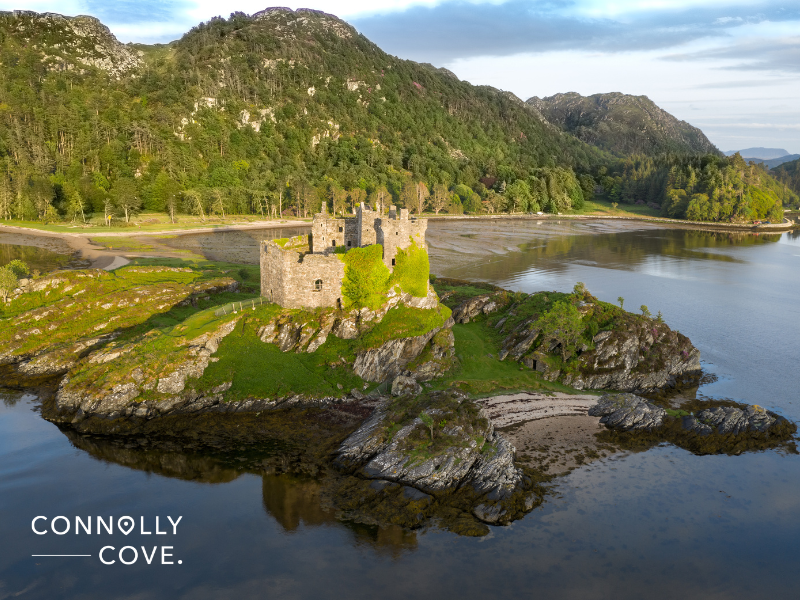
Castle Tioram, pronounced “Cheerum,” is an abandoned castle situated on the tidal island of Eilean Tioram at the confluence of Loch Moidart and the River Shiel in Moidart Peninsula, Scotland. This strategic position not only controlled access to Loch Shiel—only during low tide—but also offered panoramic views for spotting approaching threats.
The castle’s history can be traced back to the 13th century when it was built as a stronghold for the Clan MacDonald, one of the most influential and powerful clans in Scottish history. It served as the traditional seat of the MacDonalds of Clanranald. Over the centuries, Castle Tioram played a role in various conflicts and changing allegiances, reflecting the turbulent history of medieval Scotland.
Castle Tioram is an impressive structure with a pentagonal curtain wall, which, with later modifications, and paired with the location on the island, made it incredibly difficult to attack the castle. In fact, the castle was only conquered once, through cunning deception rather than direct assault.
Within the enclosure, there is also a central tower, as well as other buildings. The architecture is characteristic of medieval Scottish castle design.
In the early 18th century, during the Jacobite uprisings, Castle Tioram was seized and has been inhabited and in a state of ruin since that time.
5. Lennox Castle
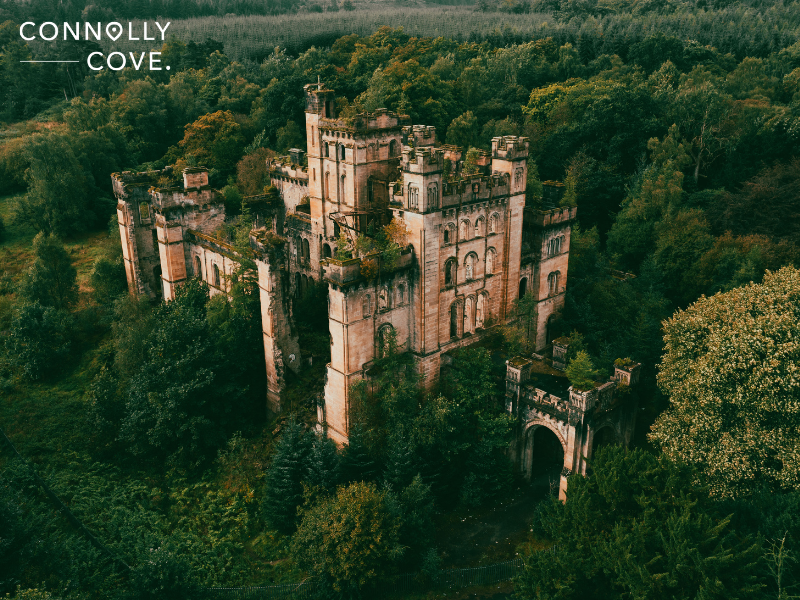
The historic Lennox Castle, located in Lennoxtown in East Dunbartonshire, Scotland, was a grand mansion with a rich history. Built in the mid-19th century by architect David Hamilton, the now-abandoned castle served as a luxurious private residence for John Lennox Kincaid, a prosperous tobacco merchant. Its architecture was characterised by the Scottish Baronial style, featuring corner towers, a central tower, and an impressive entrance porch.
In 1927, Glasgow Corporation saw the castle’s potential for a different purpose and purchased it and the surrounding land. With grand ambitions, they converted it into a hospital for people with learning disabilities, opening its doors in 1936.
Though initially hailed as a modern institution, Lennox Castle Hospital’s story unfolded tragically. Overcrowding, understaffing, and inadequate funding became chronic issues. Reports from the 1980s revealed appalling conditions, with malnutrition and neglect documented. This period cast a dark shadow over the castle’s once-elegant past.
The hospital finally closed its doors in 2003, marking the end of a troubled chapter. Today, the abandoned castle stands as a stark reminder of institutional failings and the need for proper care for vulnerable individuals.
6. Dunure Castle
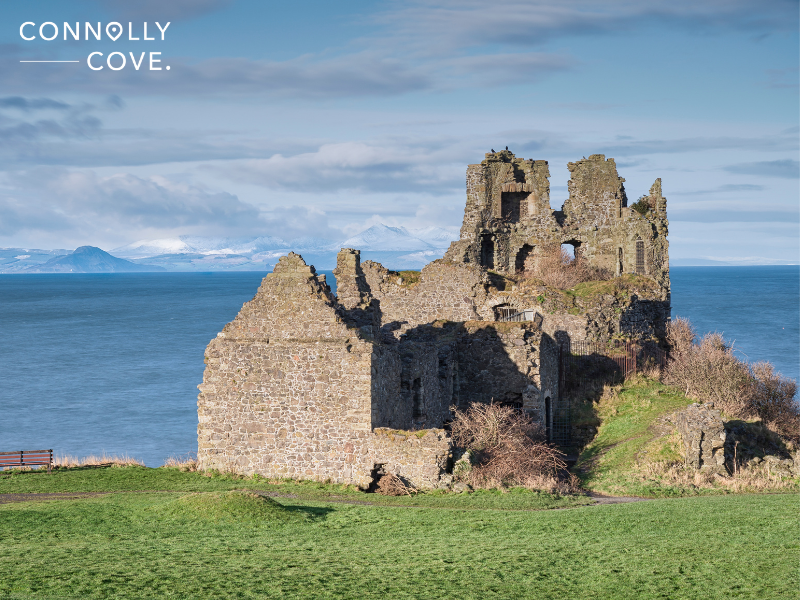
The sixth and last abandoned castle we are exploring today is the Dunure Castle. It is perched on a dramatic cliff-top overlooking the Firth of Clyde, which itself is on the west coast of Scotland in South Ayrshire. The castle offers marvellous views of the sea and the surrounding landscape as well and boasts a rich history filled with intrigue, tragedy, and even a dose of the macabre.
It is believed that the castle was built by the Kennedys. Those have nothing to do with the American Kennedys but were the Earls of Cassilis and held significant power and influence in the region.
The Kennedy family played a crucial role in Scottish politics, and Dunure Castle served as one of their strongholds. The castle was part of the extensive network of Kennedy properties and is even said to have been in their hold for over 400 years.
Dunure Castle had direct access to the sea, allowing ships to dock and unload goods directly at the castle. Speaking of its architecture, it is a mix of architectural styles, reflecting various periods of construction and renovation over the centuries. It features a tower house and defensive walls and includes an inner courtyard, which was once a bustling centre of activity.
Over the centuries, Dunure Castle fell into a state of disrepair. By the 17th century, it had ceased to be a residence and gradually became a ruin. Yet, despite its ruined state, the castle is a popular tourist attraction, captivating visitors with its historical charm and scenic location.
The allure of Scotland’s abandoned yet stunning castles lies not only in their architectural grandeur but also in the mysteries that surround them. From the rugged coastal cliffs to the misty highlands, these relics of the past beckon adventurers and history enthusiasts alike to uncover the untold stories hidden within their dilapidated chambers.
Exploring these forgotten fortresses offers a glimpse into a bygone era, where knights roamed the halls and monarchs strategised within their sturdy walls.



